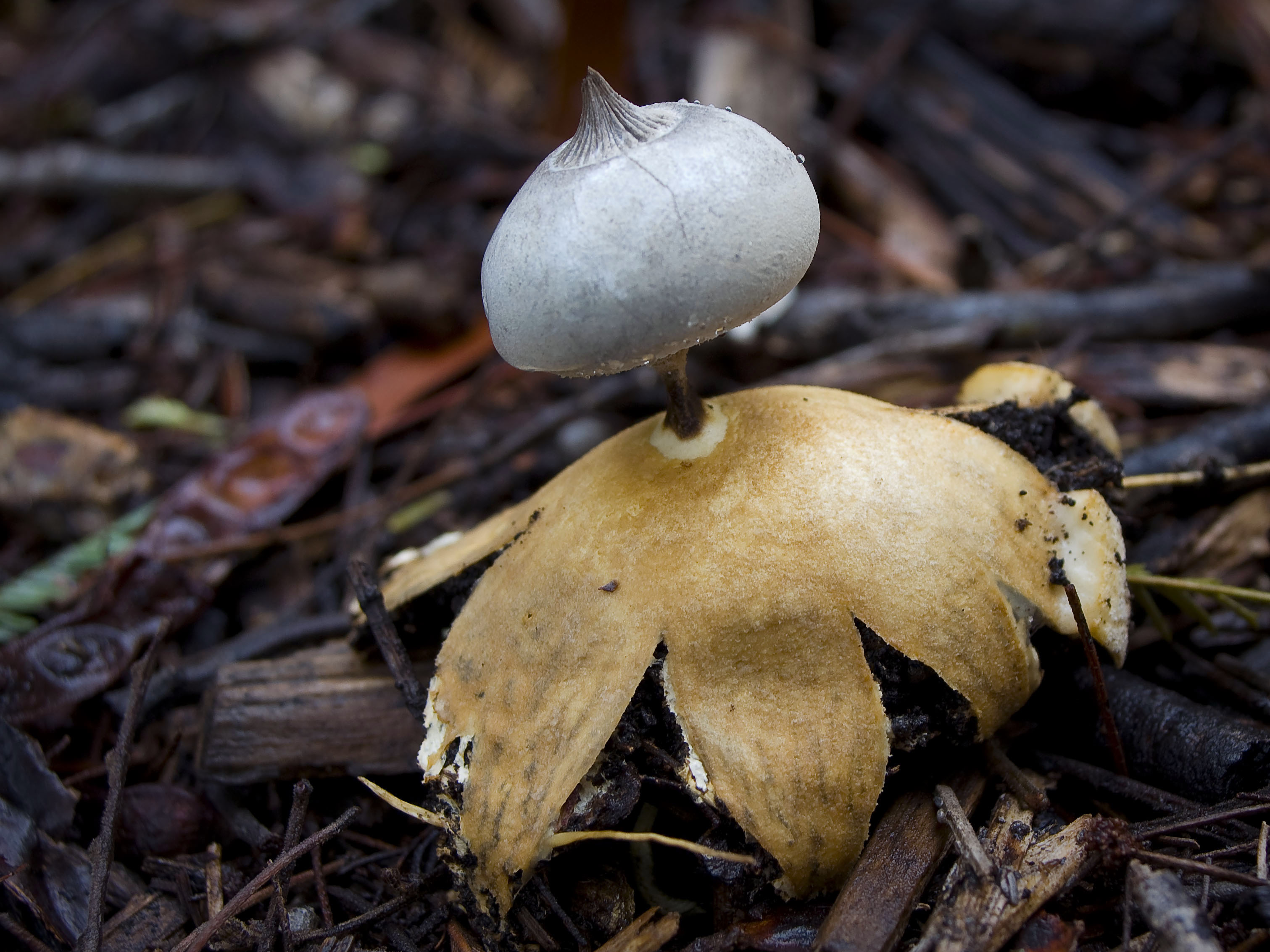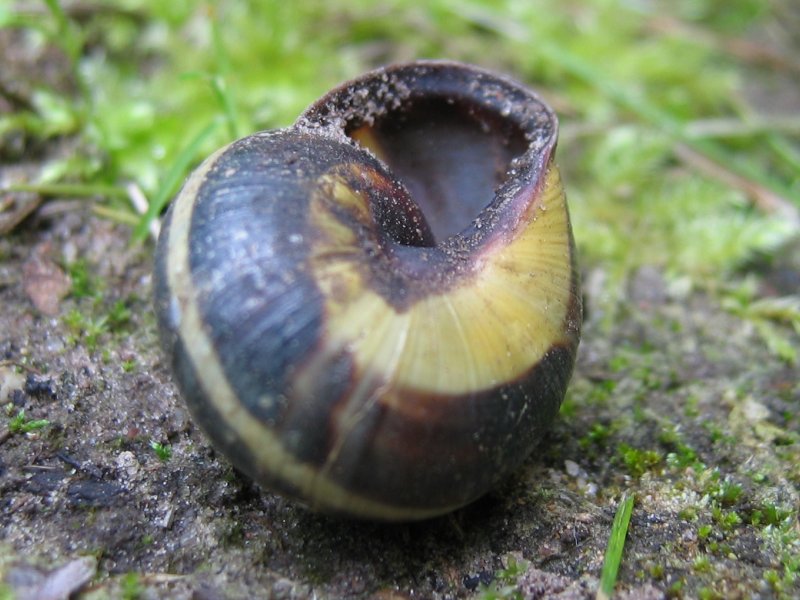peristome on:
[Wikipedia]
[Google]
[Amazon]
Peristome (from the

 In
In
 In
In

 The peristome is the margin of the
The peristome is the margin of the
Peristome
Collins Dictionary.
Dictionary definition
{{Gastropod anatomy Plant anatomy Mollusc anatomy Fungal morphology and anatomy
Greek
Greek may refer to:
Greece
Anything of, from, or related to Greece, a country in Southern Europe:
*Greeks, an ethnic group.
*Greek language, a branch of the Indo-European language family.
**Proto-Greek language, the assumed last common ancestor ...
''peri'', meaning 'around' or 'about', and ''stoma'', 'mouth') is an anatomical feature that surrounds an opening to an organ or structure. Some plant
Plants are predominantly Photosynthesis, photosynthetic eukaryotes of the Kingdom (biology), kingdom Plantae. Historically, the plant kingdom encompassed all living things that were not animals, and included algae and fungi; however, all curr ...
s, fungi
A fungus (plural, : fungi or funguses) is any member of the group of Eukaryote, eukaryotic organisms that includes microorganisms such as yeasts and Mold (fungus), molds, as well as the more familiar mushrooms. These organisms are classified ...
, and shelled gastropods
The gastropods (), commonly known as snails and slugs, belong to a large taxonomic class of invertebrates within the phylum Mollusca called Gastropoda ().
This class comprises snails and slugs from saltwater, from freshwater, and from land. ...
have peristomes.
In mosses

 In
In moss
Mosses are small, non-vascular flowerless plants in the taxonomic division Bryophyta (, ) '' sensu stricto''. Bryophyta ('' sensu lato'', Schimp. 1879) may also refer to the parent group bryophytes, which comprise liverworts, mosses, and ...
es, the peristome is a specialized structure in the sporangium
A sporangium (; from Late Latin, ) is an enclosure in which spores are formed. It can be composed of a single cell or can be multicellular. Virtually all plants, fungi, and many other lineages form sporangia at some point in their life c ...
that allows for gradual spore
In biology, a spore is a unit of sexual or asexual reproduction that may be adapted for dispersal and for survival, often for extended periods of time, in unfavourable conditions. Spores form part of the life cycles of many plants, algae, ...
discharge, instead of releasing them all at once.
Most mosses produce a capsule with a lid (the operculum) which falls off when the spore
In biology, a spore is a unit of sexual or asexual reproduction that may be adapted for dispersal and for survival, often for extended periods of time, in unfavourable conditions. Spores form part of the life cycles of many plants, algae, ...
s inside are mature and thus ready to be dispersed. The opening thus revealed is called the ''stoma'' (meaning "mouth") and is surrounded by one or two peristomes. Each peristome is a ring of triangular "teeth" formed from the remnants of dead cells with thickened cell wall
A cell wall is a structural layer surrounding some types of cells, just outside the cell membrane. It can be tough, flexible, and sometimes rigid. It provides the cell with both structural support and protection, and also acts as a filtering mec ...
s. There are usually 16 such teeth in a single peristome, separate from each other and able to both fold in to cover the stoma as well as fold back to open the stoma. This articulation of the teeth is termed arthrodontous and is found in the moss subclass Bryopsida. In other groups of mosses, the capsule is either nematodontous with an attached operculum (as in the Polytrichopsida), or else splits open without operculum or teeth.
There are two subtypes of arthrodontous peristome.
# The first is termed haplolepidous and consists of a single circle of 16 peristome teeth.
# The second type is the diplolepidous peristome found in subclass Bryidae. In this type, there are two rings of peristome teeth—an inner endostome (short for ''endoperistome'') and an exostome. The endostome is a more delicate membrane, and its teeth are aligned between the teeth of the exostome. There are a few mosses in the Bryopsida that have no peristome in their capsules. These mosses still undergo the same cell division patterns in capsule development, but the teeth do not fully develop.
In pitcher plants
 In
In pitcher plant
Pitcher plants are several different carnivorous plants which have modified leaves known as pitfall traps—a prey-trapping mechanism featuring a deep cavity filled with digestive liquid. The traps of what are considered to be "true" pitcher p ...
s, the peristome is a reflexed ring (or partial ring) of tissue that surrounds the entrance to the digestive tube in these plants. It often (for example in '' Cephalotus'' and ''Nepenthes
''Nepenthes'' () is a genus of carnivorous plants, also known as tropical pitcher plants, or monkey cups, in the monotypic family Nepenthaceae. The genus includes about 170 species, and numerous natural and many cultivated hybrids. They are mo ...
'') possesses sharp, overhanging 'teeth' which aid in prey retention. It is often studded with nectar secreting glands, hence its popular name, nectar roll.
In fungi
Thebasidiocarps
In fungi, a basidiocarp, basidiome, or basidioma () is the sporocarp of a basidiomycete, the multicellular structure on which the spore-producing hymenium is borne. Basidiocarps are characteristic of the hymenomycetes; rusts and smuts do not ...
of some gasteroid fungi - such as puffballs and earthstars
Geastrales is an order of gasterocarpic basidiomycetes (fungi) that are related to Cantharellales. The order contains the single family Geastraceae, commonly known as "earthstars", which older classifications had placed in Lycoperdales, or Pha ...
- release spores through an apical opening that is termed a peristome and is variously delimited, its features often being diagnostic when distinguishing closely related species.

In shelled gastropods
 The peristome is the margin of the
The peristome is the margin of the aperture
In optics, an aperture is a hole or an opening through which light travels. More specifically, the aperture and focal length of an optical system determine the cone angle of a bundle of rays that come to a focus in the image plane.
An ...
of a gastropod shell
The gastropod shell is part of the body of a Gastropoda, gastropod or snail, a kind of mollusc. The shell is an exoskeleton, which protects from predators, mechanical damage, and dehydration, but also serves for muscle attachment and calcium s ...
. It is the edge of the lip of the shell. This part is sometimes reflected (turned back) or thickened once the snail reaches adult size, and these qualities of the peristome can be diagnostic features of the shell which may aid in identification of the species.
In other invertebrates
The peristome is any of the structures or sets of parts that surround themouth
In animal anatomy, the mouth, also known as the oral cavity, or in Latin cavum oris, is the opening through which many animals take in food and issue vocal sounds. It is also the cavity lying at the upper end of the alimentary canal, bounded on t ...
or invertebrates such as echinoderm
An echinoderm () is any member of the phylum Echinodermata (). The adults are recognisable by their (usually five-point) radial symmetry, and include starfish, brittle stars, sea urchins, sand dollars, and sea cucumbers, as well as the s ...
s or earthworm
An earthworm is a terrestrial invertebrate that belongs to the phylum Annelida. They exhibit a tube-within-a-tube body plan; they are externally segmented with corresponding internal segmentation; and they usually have setae on all segments. ...
s.Collins Dictionary.
References
External links
Dictionary definition
{{Gastropod anatomy Plant anatomy Mollusc anatomy Fungal morphology and anatomy